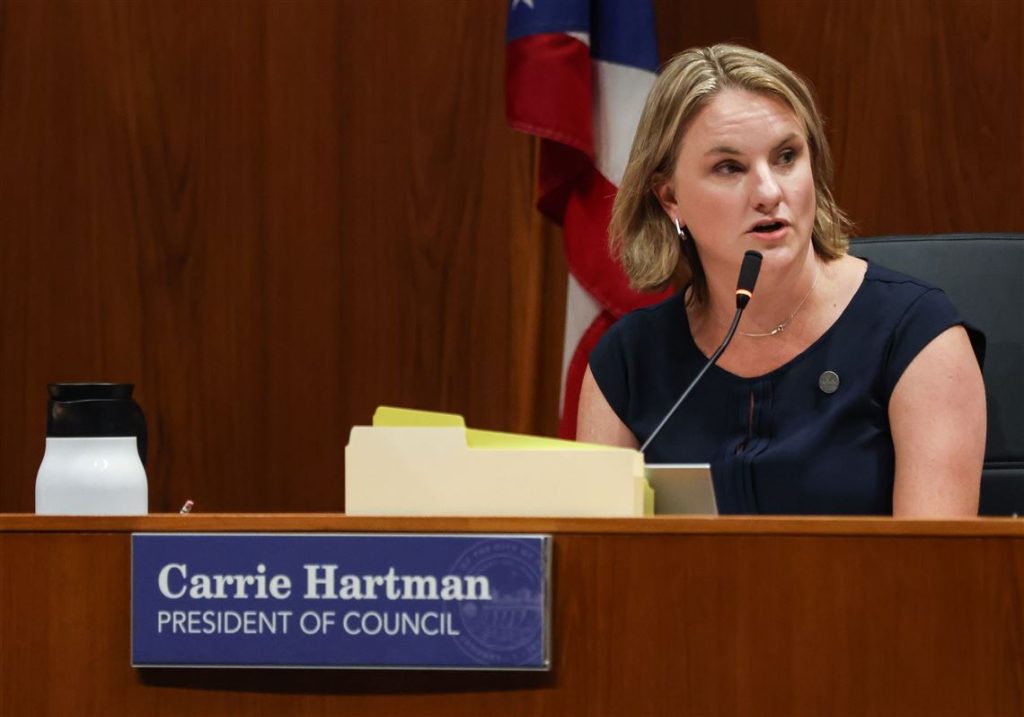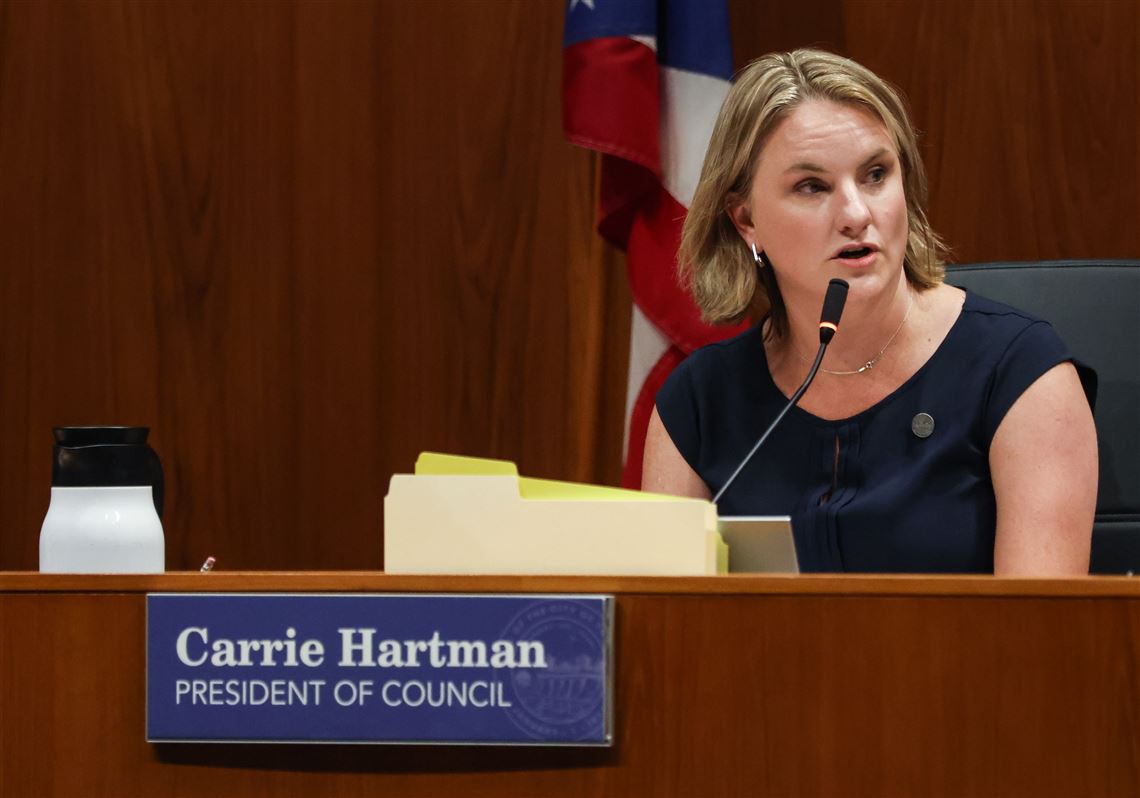
Toledo Museum of Art Employees Initiate Unionization Effort

Unionization at the Toledo Museum of Art: A Historic Step Toward Equity and Workplace Security
In a landmark decision, staff members at the Toledo Museum of Art (TMA) in Ohio voted overwhelmingly in favor of unionizing on April 9, 2024. With 86% of eligible workers endorsing the move, this development marks a powerful moment in the museum’s history — reflecting a broader wave of labor organizing across the arts and culture sector amid economic uncertainty and political turbulence.
Uniting Under AFSCME
The new union will be formed under the American Federation of State, County and Municipal Employees (AFSCME), a major public service employee union representing over 1.4 million workers nationwide. Approximately 100 museum employees from various departments — including visitor services, education, library, curatorial, and the renowned glass studio — will be represented by the union. This broad inclusion is a testament to the museum staff’s solidarity, with professional and non-professional team members uniting across job roles, education levels, and income brackets.
This unionization drive is not the first at TMA. In 2007, glass studio technicians organized under the Teamsters. The current effort, however, is more expansive and signals a push toward institutional equity and stability at every level.
Motivations Behind the Movement
A primary catalyst for the union drive is TMA’s multi-year reinstallation project, which is intended to drastically reshape the museum’s galleries, programming, and visitor experience. Staff like Skye Sloane, a visitor services team leader, and Chuchen Song, a glass studio specialist, began organizing when this ambitious reinvention project was announced.
“It’s a significant change to the institution that we all love, and we wanted to band together and feel sure and secure in our jobs, benefits, and wages, before the project is completed,” said Sloane in an interview with Hyperallergic.
The union aims to enshrine vital staff benefits — including pay equity, job security, and healthcare — into a contract that cannot shift with institutional leadership or budget fluctuations. Sloane emphasized the importance of securing these improvements in writing: “While we’re grateful to have a director who’s willing to work with us, real longevity comes with a contract.”
Addressing Wage and Benefit Gaps
One of the most pressing concerns is compensation, particularly for part-time and front-facing staff. At present, visitor services personnel earn $15 per hour without health insurance. Union members argue that sustainable wages and full benefits are essential to retaining dedicated museum workers and attracting diverse talent to the institution.
Sloane noted his pride in the fact that staff with advanced degrees unanimously voted to be included in the same bargaining unit as lower-wage colleagues: “It really shows that our colleagues… see the common, shared struggle…and are willing to help.”
A Long-Term Vision for Care and Community
For employees like Chuchen Song, the movement is about mutual care—especially amid national instability and funding insecurity for the arts. “I love my job and the community here, but we need to unite and look after one another in these tumultuous times,” said Song.
Though recent federal funding cutbacks — including the termination of grants by the Institute of Museum and Library Services (IMLS) and the National Endowment for the Humanities (NEH) — have shaken many institutions, TMA has reported it has not been “majorly impacted.”
Still, uncertainty around federal support underscores the importance of local organizational power. “We can’t control what comes down from [the Trump administration], but we can control what we can do together as a union,” said Namita Waghray of AFSCME Ohio Council 8.
TMA’s Response
In a statement to the press, Jennifer McCary, TMA’s Chief Culture and Brand Experience Officer, expressed the administration’s support for the process: “We respect the democratic process and remain committed to fostering a supportive and collaborative work environment for all employees.”
The Future of Labor Organizing in Museums
The TMA union drive is emblematic of a larger national trend in which cultural workers are organizing for better treatment, transparency, and shared governance. In recent years, staff at institutions such as the Whitney Museum, the Philadelphia Museum of Art, and the Art Institute of Chicago have also unionized, driven by similar concerns around equity, respect, and long-term sustainability.
As museums confront changing audience expectations, funding challenges, and complex political pressures, worker-led movements are reshaping not just labor policies, but the missions and values of these institutions.
By choosing to organize, TMA staff have taken a critical step not only toward safeguarding their rights but also toward redefining what a truly inclusive and supportive museum can be in the 21st century. Their unionization signals a resounding message: art institutions thrive not only on great collections—but on empowered and respected people.